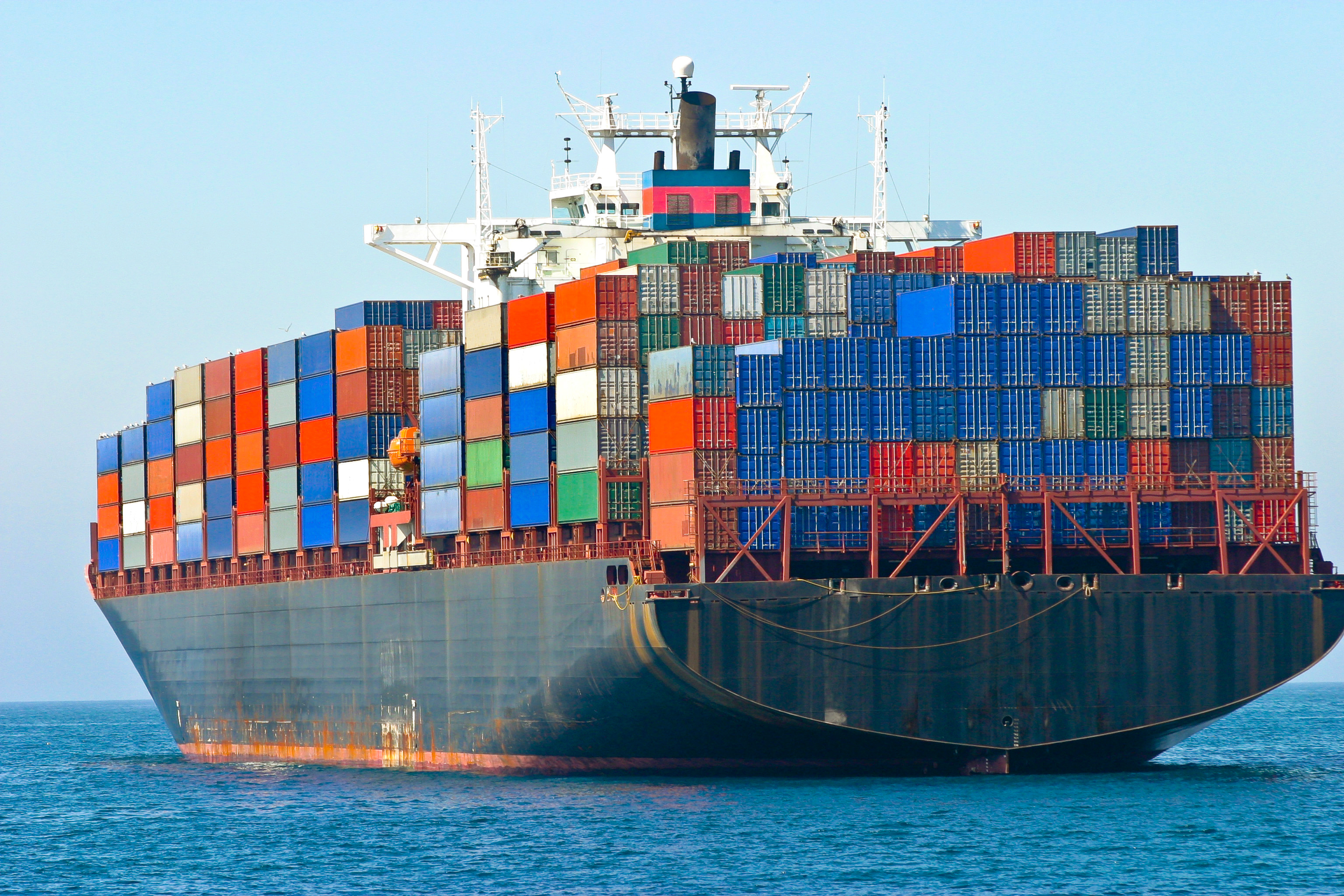Now Amazon buys containerships, and with drones will redefine the concept of 'near-shoring'

Amazon plans to use container ships as DCs, and deliver directly by drone
It is seeking new economies of scale in every area of its international supply chain.
A person who was familiar with a person familiar with the matter, told The Loadstar that Amazon was now developing a strategy of not just controlling the entire end-to-end of its supply chain, but every other supply chain too.
“What Jeff Bezos has worked out is that if Amazon delivers absolutely everything in the world, then it really doesn’t matter what the cost of shipping will be – we’ll all have to pay it.
“What he’s trying to do is consolidate the freight buyer’s market to just one: Amazon. Walmart is a target; Home Depot is a target; Target even admits it’s a target, by calling itself a target.
“That’s the beauty of disruptive technology – Bezos is using Amazon’s cutting-edge tech to become the world’s first retail oligopoly, integrated into an oligopsony – and no one realises that’s happening; right under their very noses,” he allegedly said.
“Acquiring ships is the final part of that strategy. Amazon’s advanced predictive data has outlined that, with so much overcapacity in the global container shipping fleet, we should buy all of the world’s containerised consumer goods and store them on the vessels – there’s certainly enough spare space.”
According to Amazon insiders, the company’s supply chain eggheads are also drawing up a new operating model that could see container vessels anchoring off the coast of large consumer centres – such as the San Pedro Bay, Hudson River or English Channel – and using drones to deliver directly from ship to consumers.
This would cut out the need to use congested container ports, troublesome truckers and fractious freight forwarders, as well as redefining the concept of “near-shoring”.
“Owning our own ships also means we can offer ourselves slow-steaming or express container services; and in fact, our developers are now working on the concept of a ship that can steam slow and fast simultaneously – depending on whether customers are “Prime” members.”
Amazon investors are understood to be backing the strategy, and are braced for between two and three decades of excoriating losses.
“After all, that’s no longer than the container lines have been swimming in red ink and because of its edge in tech, no one can play the zero-sum game as well as Amazon,” the source told The Loadstar.
He added that non-containerised consumer goods, such as luxury cars and super-yachts, the big bucks stuff that the hoi polloi can look at in Amazon-delivered glossy magazines, are reserved for Mr Bezos and his friends.

No comments:
Post a Comment